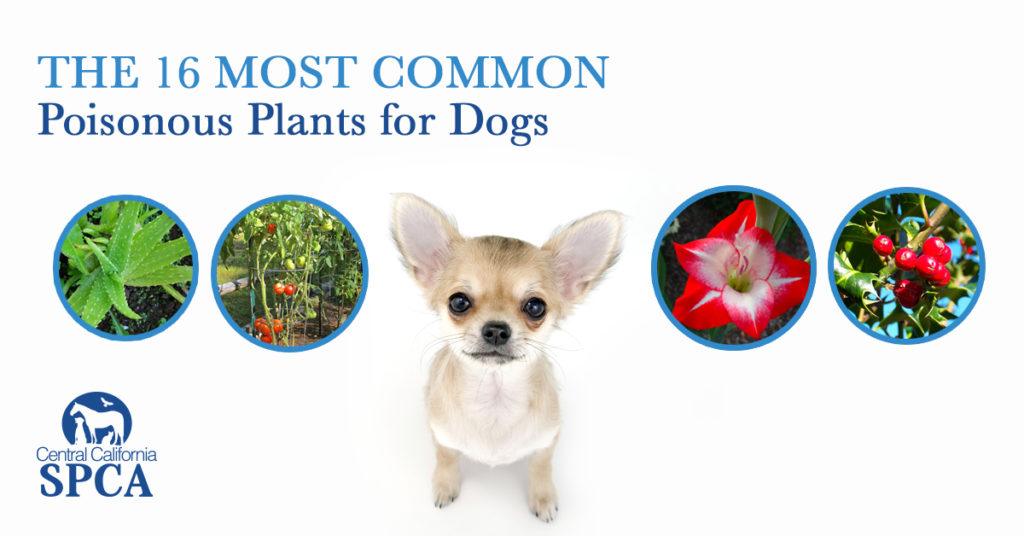
Fido may be tempting fate every time you go for a walk. O.K., so that’s a bit melodramatic but it’s at least partially true. There are a huge number of plants that are highly toxic and even deadly to dogs. Some of these plants are present in your local park, your neighbor’s garden, even your own home.
While the list of toxic plants is very long, we’re going to focus on the poisonous plants for dogs that are commonly found around homes and neighborhoods. Follow along to learn about which plants you’ll want to avoid on your next walk.
#1 Sago Palm
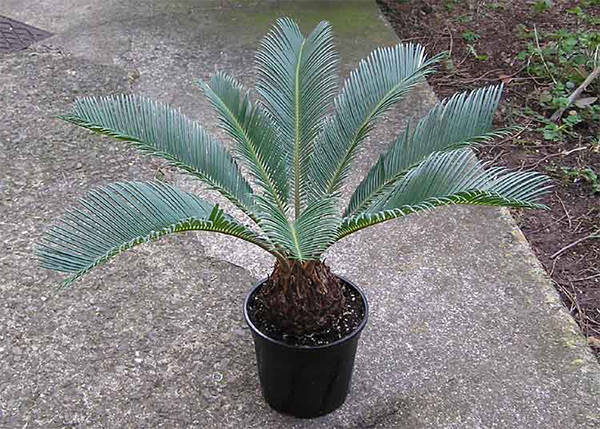
These ornamental palms are popular in warmer climates and every part of it is toxic to dogs. They are also said to be very alluring as some dogs find them quite delicious. Serious side effects including liver failure and possible death can occur, so be very careful.
#2 Tomato Plant
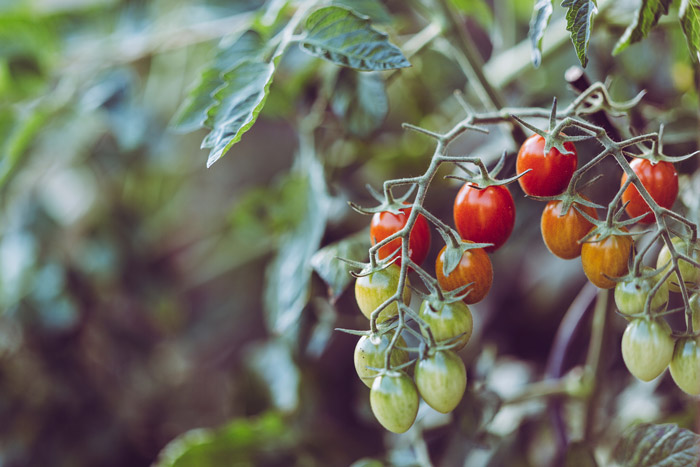
With summer comes tomato plants in the garden. Make sure to keep dogs clear though, as they can cause weakness, gastrointestinal problems, drowsiness, dilated pupils, slow heart rate, and confusion.
#3 Aloe Vera
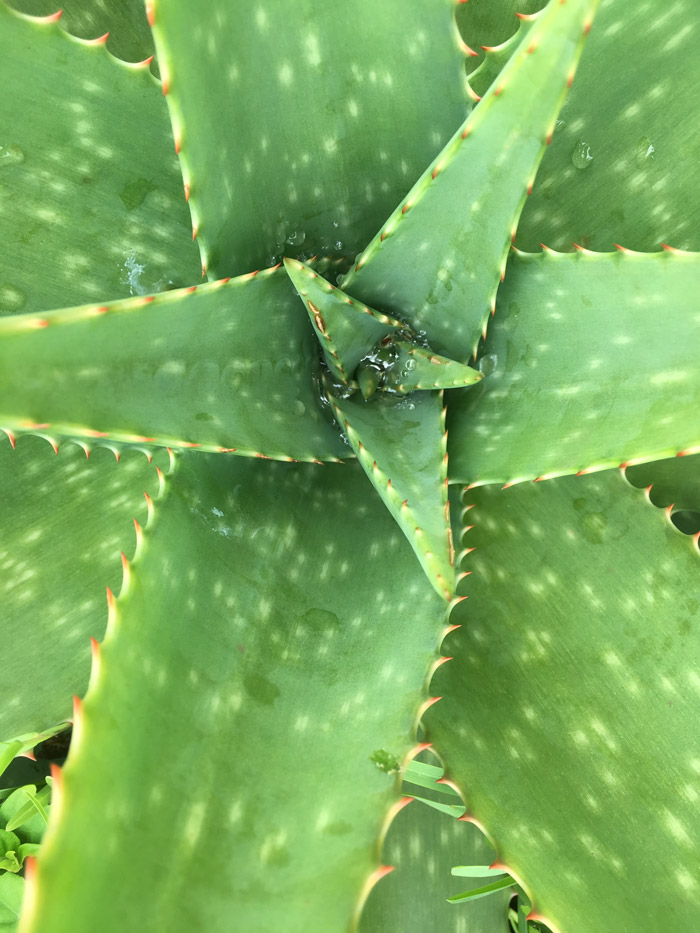
We rub it on our skin and some of us even drink the juice, but aloe is something your dog needs to avoid. Saponins in this succulent can cause vomiting, diarrhea, lethargy, tremors, and general central nervous system depression.
#4 Ivy
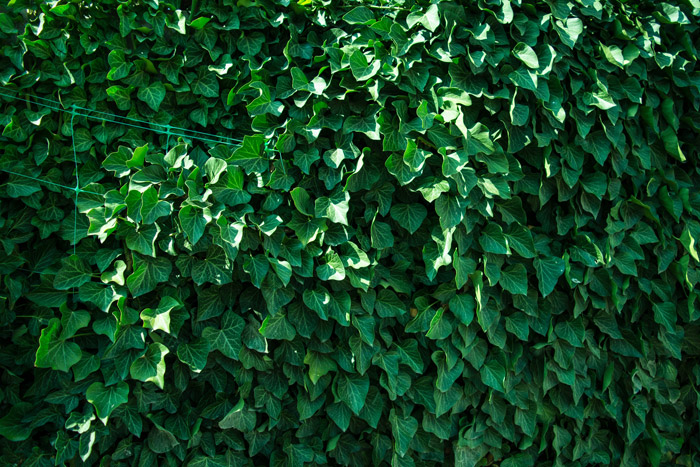
Vomiting, diarrhea, excessive salivation and drooling, and abdominal pain are caused by ingesting ivy.
#5 Amaryllis
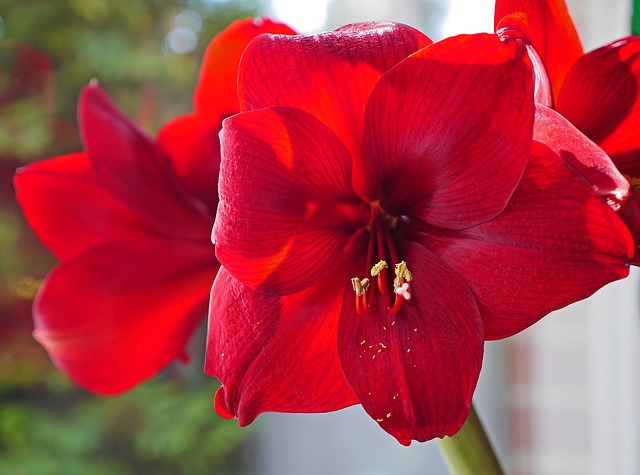
Another poisonous plant for dogs, this flowering bulb is a very common garden ornamental. Pay particular attention if you grow the bulbs indoors.
#6 Gladiola
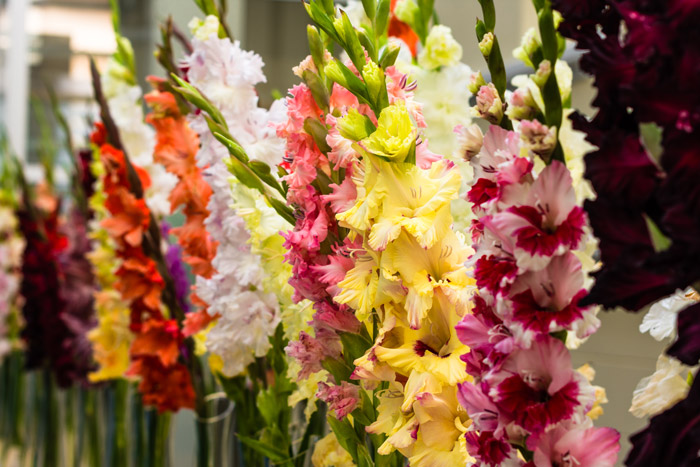
This lovely summer flower can cause drooling, vomiting, diarrhea, and general lethargy.
#7 American Holly

A popular ornamental shrub in some areas, holly is a low toxicity plant but your dog may experience vomiting and diarrhea if they eat it.
#8 Daffodil
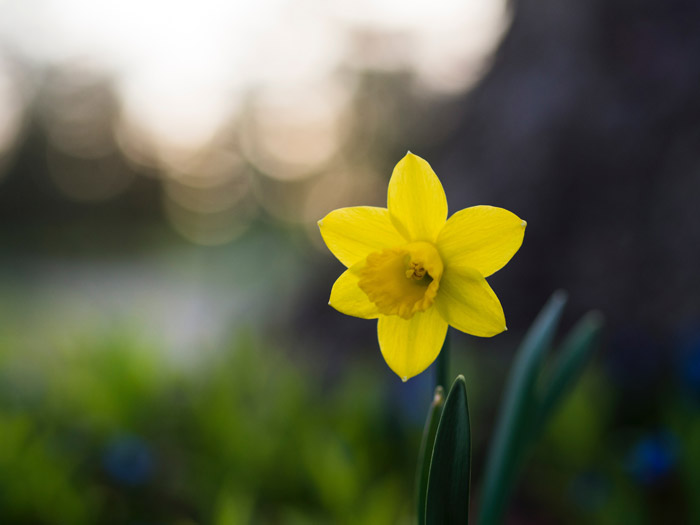
Commonly found in the spring, these flowers can cause intestinal spasms, low blood pressure, salivation, tremors, vomiting, diarrhea, and even cardiac arrhythmia.
#9 Baby’s Breath
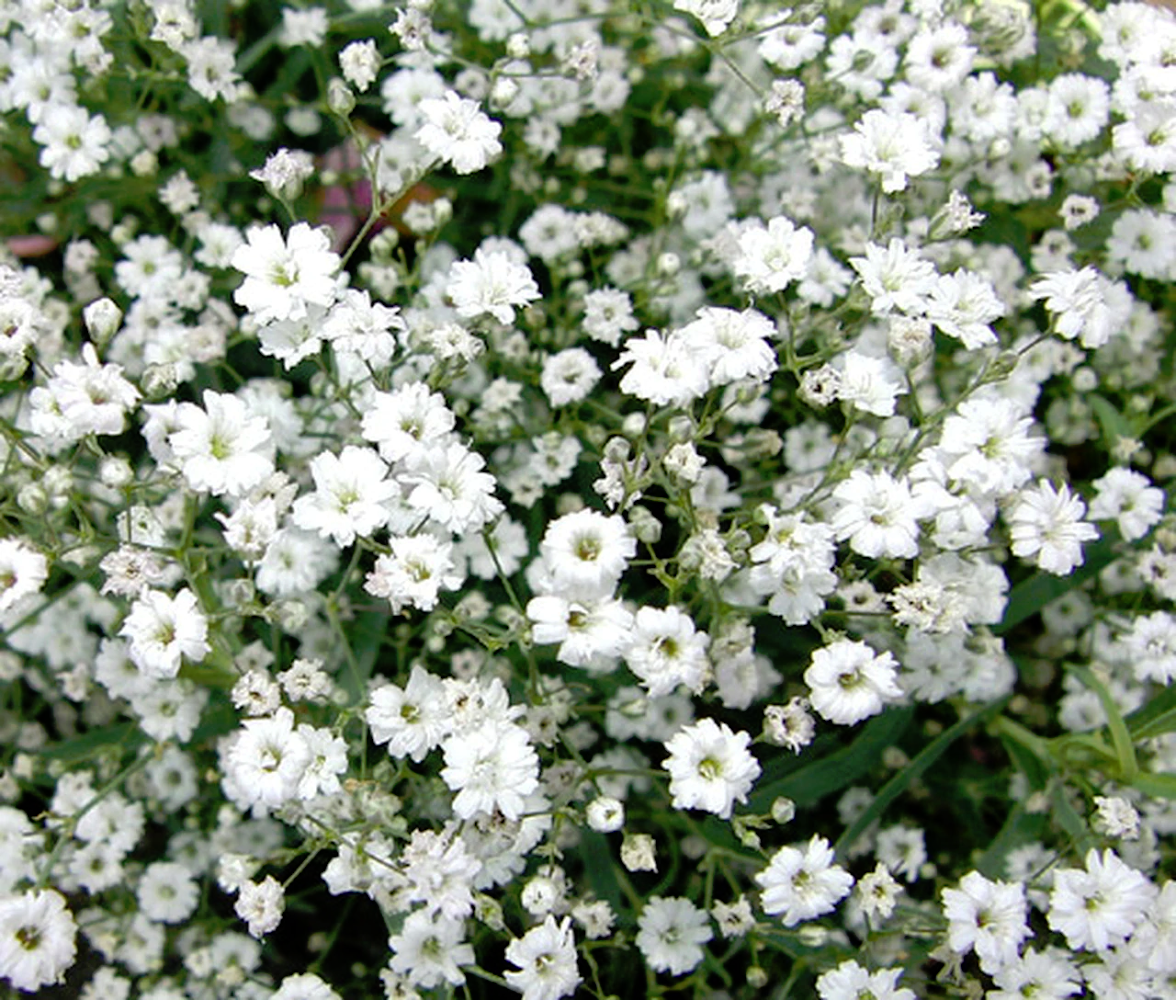
You know it from virtually every bouquet of flowers you’ve ever received. This small flower that accompanies floral arrangements can cause vomiting and diarrhea.
#10 Milkweed
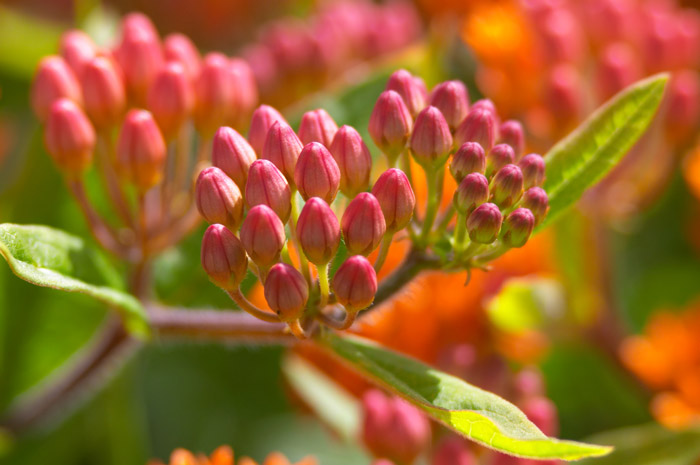
Very common, very pleasant to look at, very toxic to dogs. Milkweed will induce the usual vomiting and diarrhea, but your dog may also experience difficulty breathing, rapid and weak pulse, dilated pupils, and even kidney or liver failure and death.
#11 Castor Bean

Not common in gardens, castor bean is found in parks and other large-scale outdoor landscaping. If ingested your dog may experience drooling, vomiting, diarrhea, extreme thirst, loss of appetite, and abdominal pain. Potentially fatal in severe cases, which may present as muscle twitching, tremors, seizures, and even coma.
#12 Azalea/Rhododendron

These common flowering shrubs are poisonous plants for dogs and produce serious gastrointestinal issues. They can additionally cause weakness, discoordination, and weak heart rate. Potentially fatal.
#13 Tulip

Who doesn’t love tulips? Hopefully Fido because they’re another poisonous plant for dogs. The usual gastrointestinal problems are accompanied by central nervous system depression and even convulsions and death.
#14 Chrysanthemum
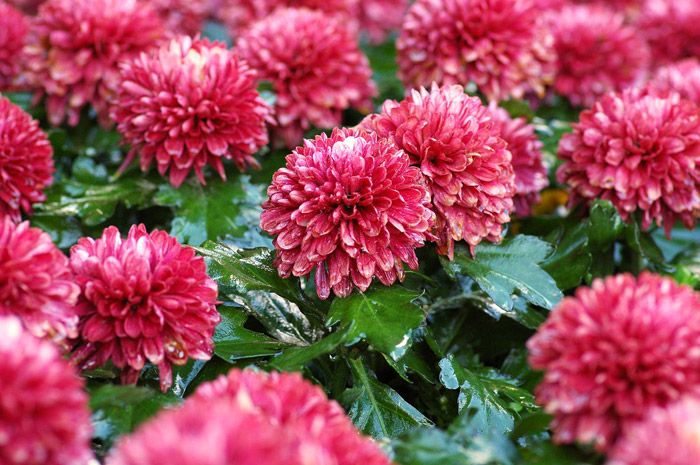
Vomiting, diarrhea, skin rash, and drooling may be in your dog’s future if they ingest this common flower.
#15 Begonia
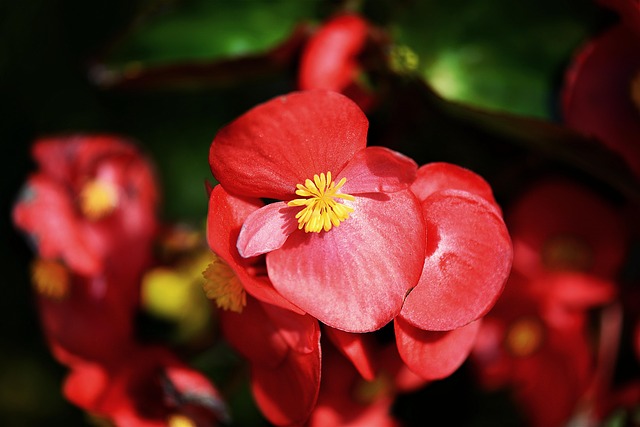
A very common garden flower that can cause extreme oral irritation and excessive inflammation of the mouth, as well as drooling and vomiting.
#16 Oleander
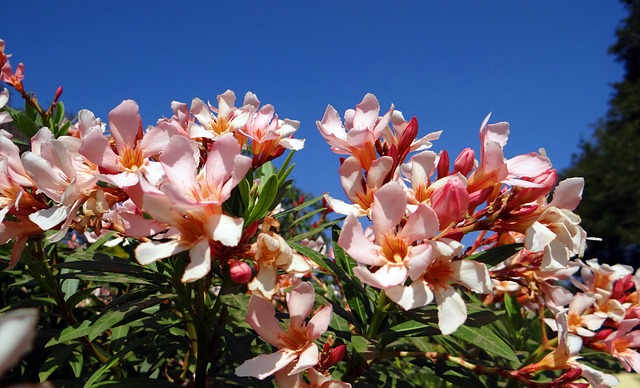
All parts of this flower, fresh or dried, are poisonous and should be avoided by all pets.
These are 16 poisonous plants for dogs that you’ll need to look out for. If you have these planted in your garden or are using any of them to decorate the inside of your home, be especially careful and be sure your dog isn’t able to ingest them. If you notice a decline in your dog’s health and he is presenting with any of the symptoms listed above, contact your vet immediately or seek help with animal poison control at 888-426-4435.
